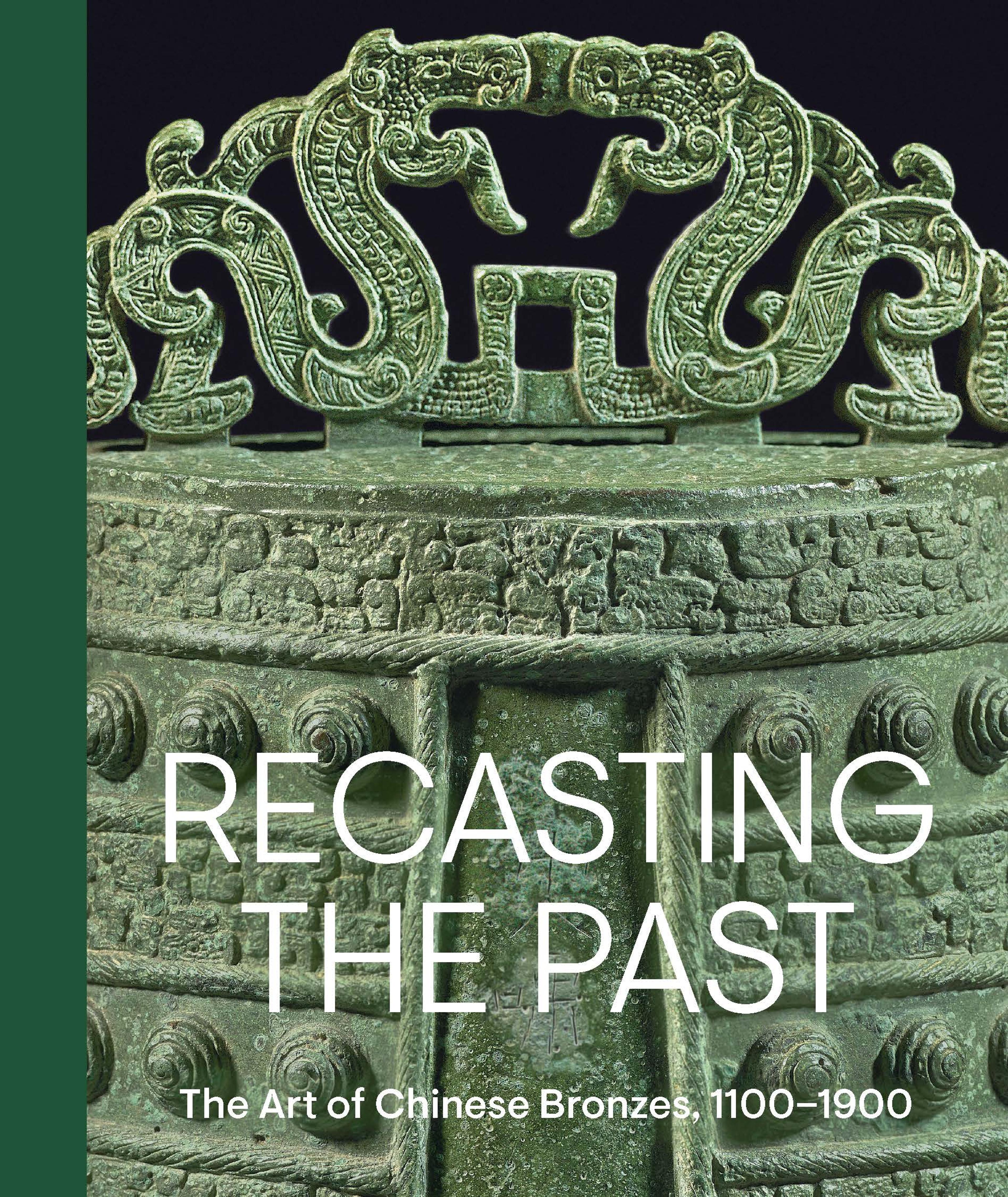Weight in the shape of a chimera
This miniature sculpture was originally used as a mat weight, a functional ornament in ancient China. Typically appearing in sets of four, such weights held down the corners of mats that were positioned on the floor or over low-footed daybeds—a common form of seating. In later periods, these ancient treasures were repurposed as paperweights and produced for scholar’s studios.
Artwork Details
- 漢 銅鎏金神獸鎮
- Title: Weight in the shape of a chimera
- Period: Han dynasty (206 BCE–220 CE)
- Date: 2nd century BCE
- Culture: China
- Medium: Bronze, gilding, gold and turquoise inlays
- Dimensions: H. 2 1/4 in. (5.7 cm); Diam. 2 3/4 in. (7 cm)
- Classification: Metalwork
- Credit Line: Purchase, Robert Hatfield Ellsworth Bequest; Gifts of Robert E. Tod, Mrs. Donald V. Lowe, John D. Rockefeller Jr. and Harris Brisbane Dick Fund, William B. Osgood Field, and Margaret and Raymond J. Horowitz, by exchange, 2019
- Object Number: 2019.217
- Curatorial Department: Asian Art
More Artwork
Research Resources
The Met provides unparalleled resources for research and welcomes an international community of students and scholars. The Met's Open Access API is where creators and researchers can connect to the The Met collection. Open Access data and public domain images are available for unrestricted commercial and noncommercial use without permission or fee.
To request images under copyright and other restrictions, please use this Image Request form.
Feedback
We continue to research and examine historical and cultural context for objects in The Met collection. If you have comments or questions about this object record, please contact us using the form below. The Museum looks forward to receiving your comments.
